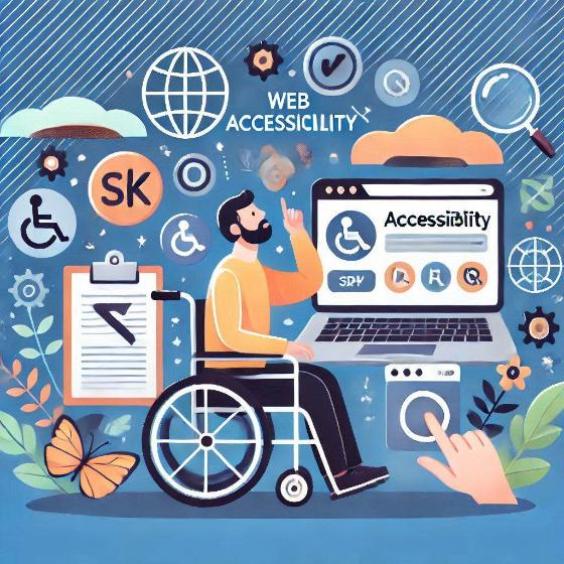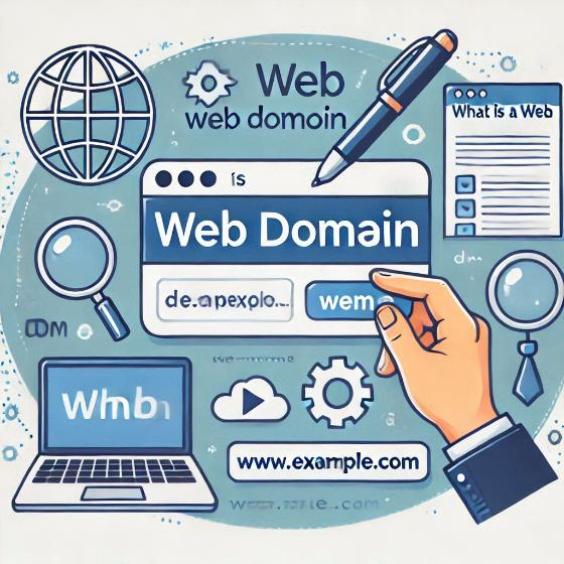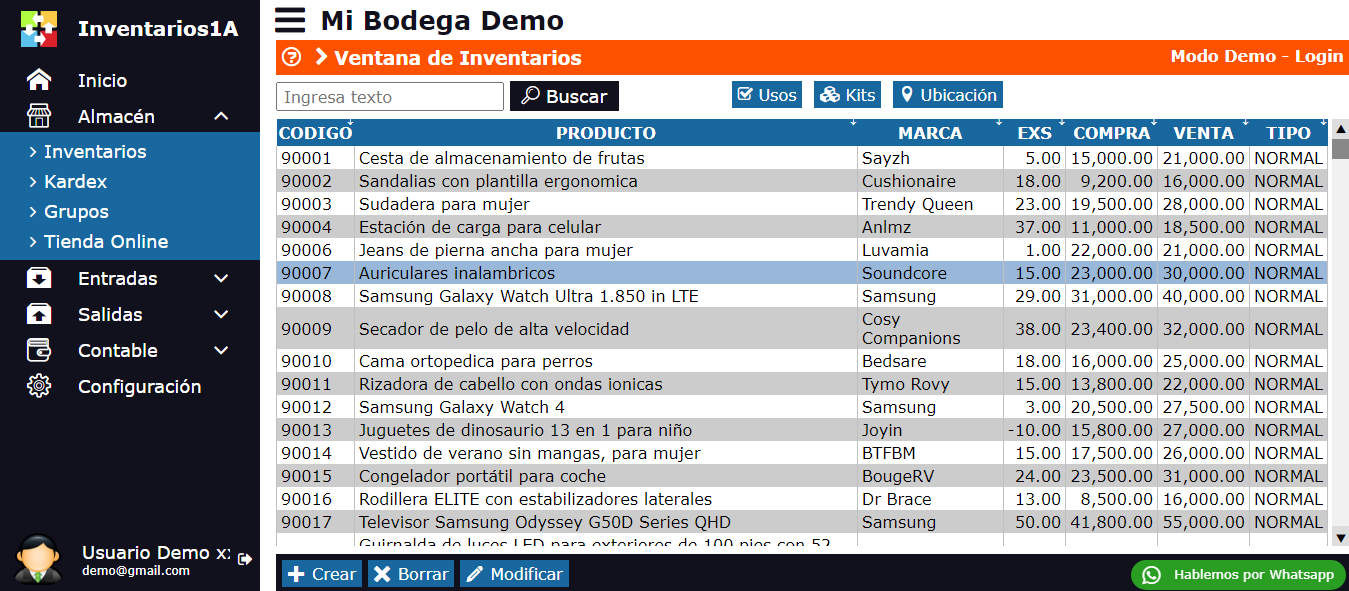What is web accessibility and what is it for
Web accessibility is a concept that refers to the ability of a website to be used by anyone, regardless of their abilities or disabilities. This includes people with physical, sensory, cognitive, or technological disabilities. In this article, we will explore what web accessibility is, what it is used for, and when to use it.

What is web accessibility?
Web accessibility focuses on ensuring that websites are designed and developed in such a way that they are accessible to all users, regardless of their abilities or disabilities. This means that websites must be able to be used by people with different types of disabilities, such as:
- Visual disabilities: blind or low vision people
- Hearing disabilities: deaf or hard of hearing people
- Motor disabilities: people with difficulties moving or using devices
- Cognitive disabilities: people with difficulties understanding or processing information
What is web accessibility used for?
Web accessibility serves several purposes:
- Improves user experience: by designing an accessible website, it is guaranteed that all users can use it effectively and without difficulties.
- Increases audience: by making a website accessible, it can reach a wider audience, including people with disabilities who previously could not use the site.
- Improves the reputation of the company: by demonstrating a commitment to accessibility, companies can improve their reputation and demonstrate their commitment to inclusion and diversity.
- Complies with laws and regulations: in many countries, there are laws and regulations that require websites to be accessible to people with disabilities.
When to use web accessibility
Web accessibility should be considered at all stages of website development, from design to implementation. Some key moments to consider web accessibility are:
- Website design: when designing a website, it is important to consider accessibility from the beginning, including the choice of colors, typography, and website structure.
- Website development: during website development, it is important to implement technologies and techniques that ensure accessibility, such as the use of semantic HTML and the provision of alternative texts for images.
- Testing and debugging: before launching a website, it is important to perform tests and debugging to ensure that it is accessible to all users.
Conclusion
Web accessibility is a fundamental aspect in website development, as it ensures that all users can use them effectively and without difficulties. By considering web accessibility at all stages of development, companies can improve the user experience, increase the audience, and comply with laws and regulations. Remember that web accessibility is a continuous process that requires constant attention to ensure that websites are accessible to all.





